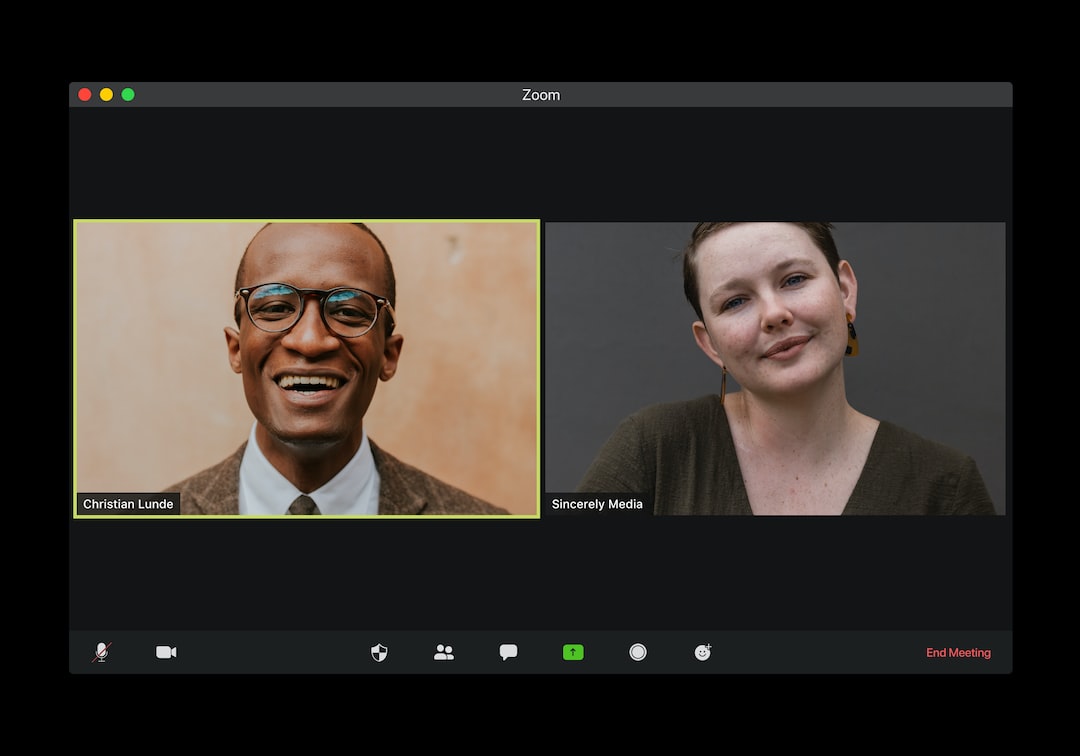The Rise of Fake News: How Misinformation Spreads in the Digital Age
In today’s digital age, the spread of information has become both easier and more complex. With the rise of social media platforms and the ease of sharing news articles, misinformation has found ample opportunity to thrive. These false stories, commonly known as fake news, can have far-reaching consequences and shape public opinion on a range of issues. Understanding how fake news spreads in the digital age is crucial in combating its impact on society.
One factor that contributes to the widespread dissemination of fake news is the rapid pace at which information travels through social media platforms. The immediacy of these platforms allows for the quick sharing of articles without proper scrutiny. This speed makes it easier for misinformation to infiltrate news feeds and reach a wider audience before it can be debunked. Moreover, algorithms used by social media platforms often prioritize engagement over accuracy, which can lead to the promotion of sensationalized or misleading content.
Additionally, the ubiquitous presence of smartphones and other mobile devices enables people to access news from various sources on the go. While this accessibility is advantageous in terms of convenience, it also poses a challenge in terms of verifying the credibility of news sources. People are more likely to trust information that aligns with their preexisting beliefs or values, regardless of its accuracy. This confirmation bias fosters the spread of fake news, as individuals tend to share stories that reinforce their own viewpoints, without critically analyzing the source or content.
The lack of media literacy among individuals also contributes to the spread of fake news. The ability to distinguish between credible and unreliable sources is a vital skill in the digital age. However, studies have shown that many people struggle to distinguish between factual journalism and biased, misleading content. This lack of critical thinking, paired with the aforementioned confirmation bias, fuels the viral spread of fake news. Without a discerning eye, individuals unwittingly become agents of misinformation by sharing dubious stories with their social networks.
The monetization of fake news further incentivizes its creation and spread. Clickbait headlines and sensationalized stories can attract a large number of clicks and generate advertising revenue for the publishers. Moreover, the algorithmic nature of social media platforms may reward such content with increased visibility, providing creators of fake news with an added incentive to produce more of it. This cycle perpetuates the dissemination of misinformation, as financial gain becomes a driving force behind the creation and promotion of fake news articles.
Addressing the issue of fake news requires a multi-faceted approach. First and foremost, individuals must develop media literacy skills to critically evaluate the news they consume. Fact-checking websites, such as Snopes or FactCheck.org, can provide users with reliable sources to verify the accuracy of news stories. Teaching critical thinking skills in schools and promoting media literacy campaigns can also help combat the spread of fake news at a systemic level.
The responsibility also lies with social media platforms and technology companies to tackle the dissemination of fake news. Improving algorithms to prioritize accurate and reliable sources can help reduce the visibility of fake news articles. Collaborations with fact-checking organizations can also contribute to the identification and labeling of misinformation. Moreover, platforms can explore ways to increase transparency, such as disclosing the sources of information shared on their platforms.
Regulatory measures can also play a role in curbing the spread of fake news. Governments can enact legislation to hold platforms accountable for the content shared on their platforms. This accountability can serve as a deterrent for creators and propagators of fake news. However, striking a balance between protecting the public from misinformation and avoiding censorship remains a challenge, as freedom of expression is a fundamental right that must also be respected.
The rise of fake news in the digital age poses a significant threat to our society. Its impact reaches beyond individual reputations and can shape public opinion, influence elections, and exacerbate social divisions. Understanding the factors that contribute to the spread of fake news is essential in combatting this phenomenon effectively. By promoting media literacy, implementing stronger algorithms, and enacting fair regulations, we can work towards a more informed and resilient society that is better equipped to combat misinformation.

